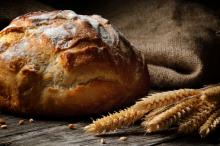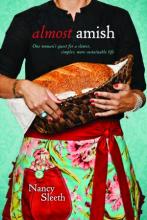locavore

Never heard of Michaelmas? Neither had I, until I read the recipe for struan in Peter Reinhart’s Brother Juniper’s Bread Book: Slow Rise and Method as Metaphor. The ancient Celts baked struan, bread made with harvested grains, for Michaelmas. The day was a locavore feast. The more I researched Michaelmas, the more I realized this largely-forgotten holy day could be the day for urban churches to connect with the land.
What if on the weekend before Michaelmas churches offered locally harvested/sourced meals? What if churches imagined Michaelmas as the day to lift up compassionate and sustainable agriculture practices as part of its mission? What if churches offered Michaelmas as the holy day for urban populations to reconnect with the land and rhythms of life our ancestors intuitively knew?
Like most religious holy days, Michaelmas originated as an agricultural observation. The ancients Celts celebrated the last harvest after the equinox with bread, poems, songs, dancing, and feasting. To the protector of the harvest, Saint Michael the Archangel, they offered prayers and incantations.
This week, deepen your relationships by going to your local farmers’ market and filling up your basket. Then invite over friends, family, neighbors and soon-to-be friends over for a local feast. Bake a loaf of struan (recipe here and below), write a blessing, place some “Michaelmas daisies” (or asters, or any local flowers) on your table, say thanks to those who nurtured the land, and have a joyous local Michaelmas meal.

The Amish are by no means a perfect people, and there are dark sides to their history. Their example, however, does have much to teach us. How can we incorporate the best of Amish principles into our modern lives? To answer this, I did some reading. And some visiting. And some listening. I in no way pretend to be an expert on the Amish, but the more I read and visited and listened, the more I found to admire. The Amish are islands of sanity in a whirlpool of change.
Along the way, I discovered some Amish principles that we can all try to emulate. These principles (similar to the list that Wendell Berry laid out more than two decades ago in Home Economics) provide guidelines for a simpler, slower, more sustainable life. They offer me hope.